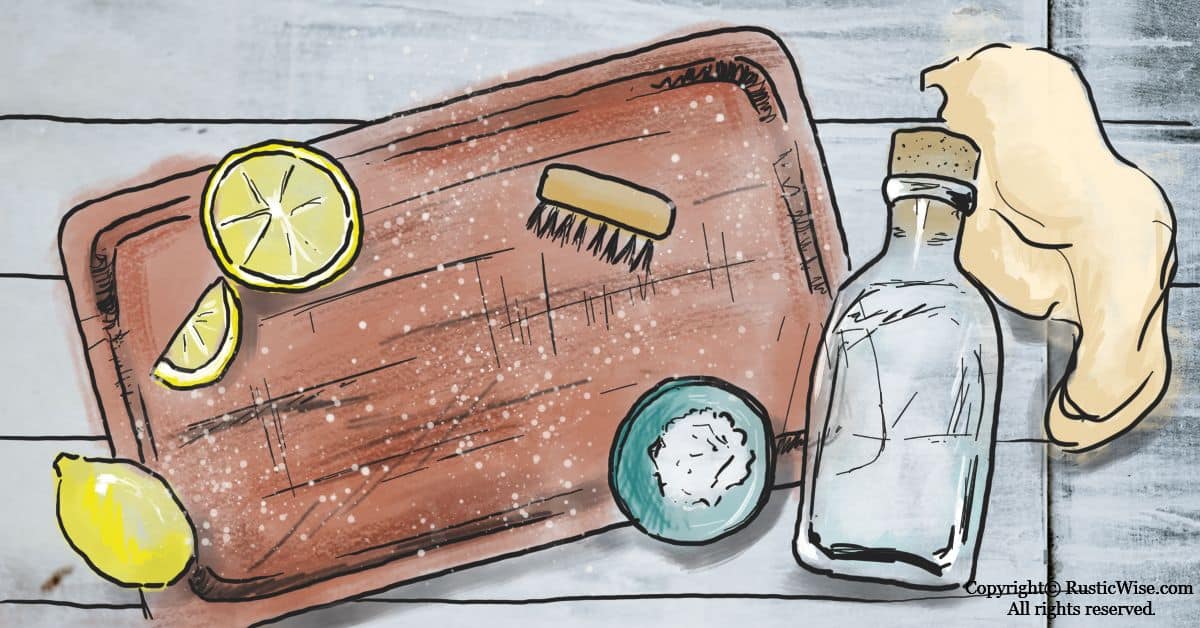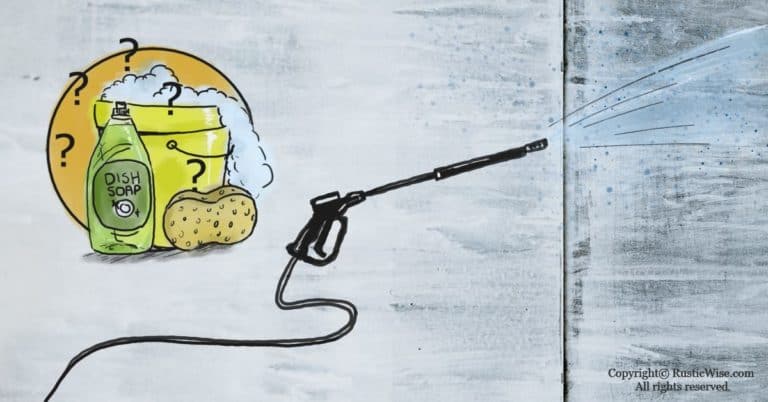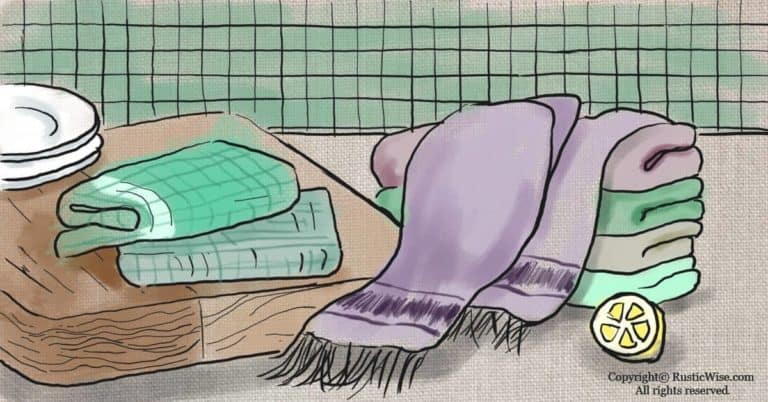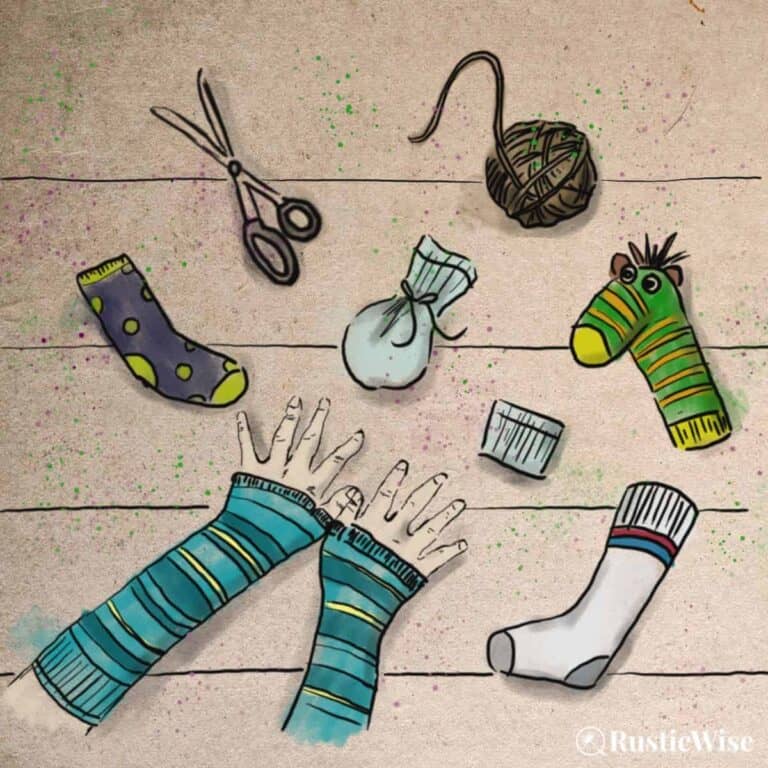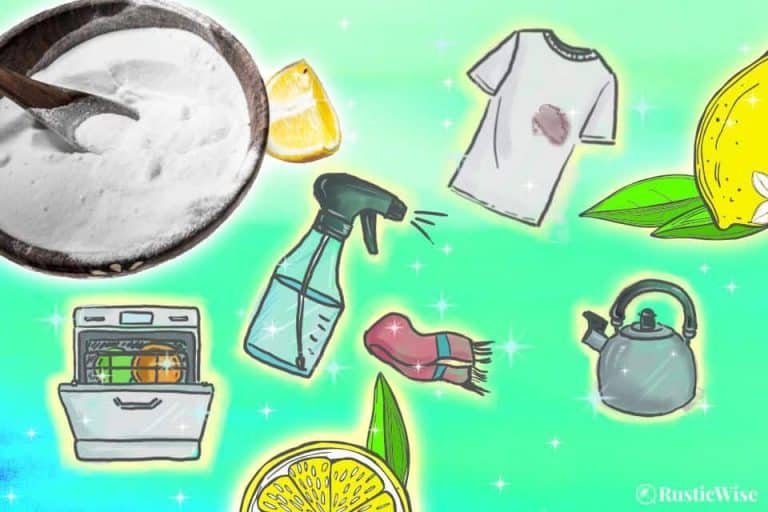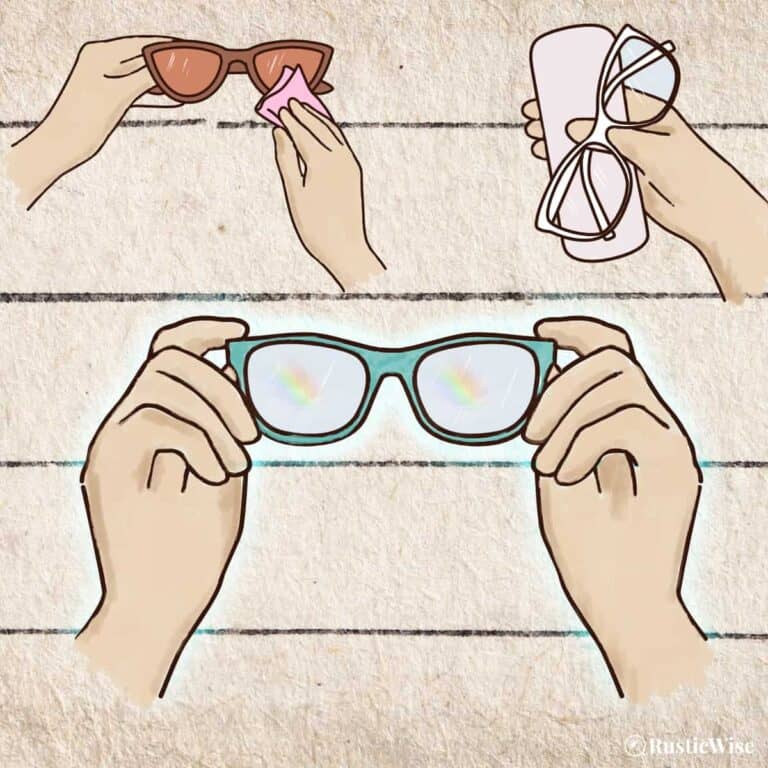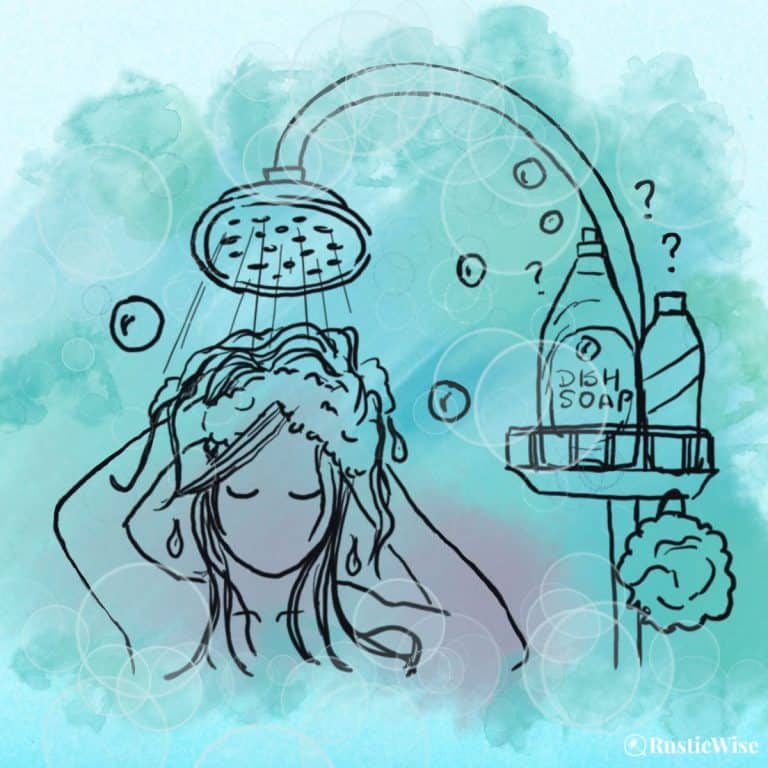How To Clean A Wood Cutting Board After Raw Meat
Since wood cutting boards are porous, it’s vital to keep them thoroughly clean especially after cutting raw meat, seafood, or poultry. Nobody wants bacteria such as Salmonella or E.coli anywhere near food. We’ll go over several methods on how to clean a wood cutting board after raw meat, including:
- How to clean after each use
- How to remove odors
- How to remove stains
- How to disinfect
With a bit of elbow-grease you can have clean cutting boards free of harmful bacteria and odors.
What not to do with your wooden cutting board
Before we dive into properly cleaning wood after cutting raw meat, let’s first go over a few cleaning no-nos:
- Don’t put your wood cutting board in the dishwasher. It will crack, and warp over time. Bursts of hot water can also remove any natural protective coating or oils your wooden cutting board may have. Over time, bacteria finds a home in these cracks and may become unsafe to use.
- Don’t soak your wood cutting board in water for more than a few minutes.
After each use: how to clean a wood cutting board after raw meat
For day-to-day cleaning after using your cutting board for raw meat, you’ll need to hand wash it with hot water and dish soap.
Start by scraping off any leftover food or debris. Next, use hot water to rinse off the surface. Use soapy water to wash the entire surface (front, sides, and back), focusing on the areas that have touched raw meat, seafood, or poultry. A clean scrubbing brush comes in handy for any stubborn stains. Rinse well with clean water. You can air-dry or drip-dry upright on a dish rack, or pat dry with a clean towel. The USDA recommends using paper towels.
Tip: It’s best to wash your wooden cutting board immediately after you’ve finished using it to prevent odors and bacteria from soaking in. At the very least, give it a hot rinse while finishing the rest of your prep work.
How to remove odors from wooden cutting boards
While wood is a lovely surface to work on, it’s also very porous which means it can start to smell funky. Foods such as garlic and onions can linger long after you’ve diced them. Here’s how to effectively banish odors from your wooden cutting board.
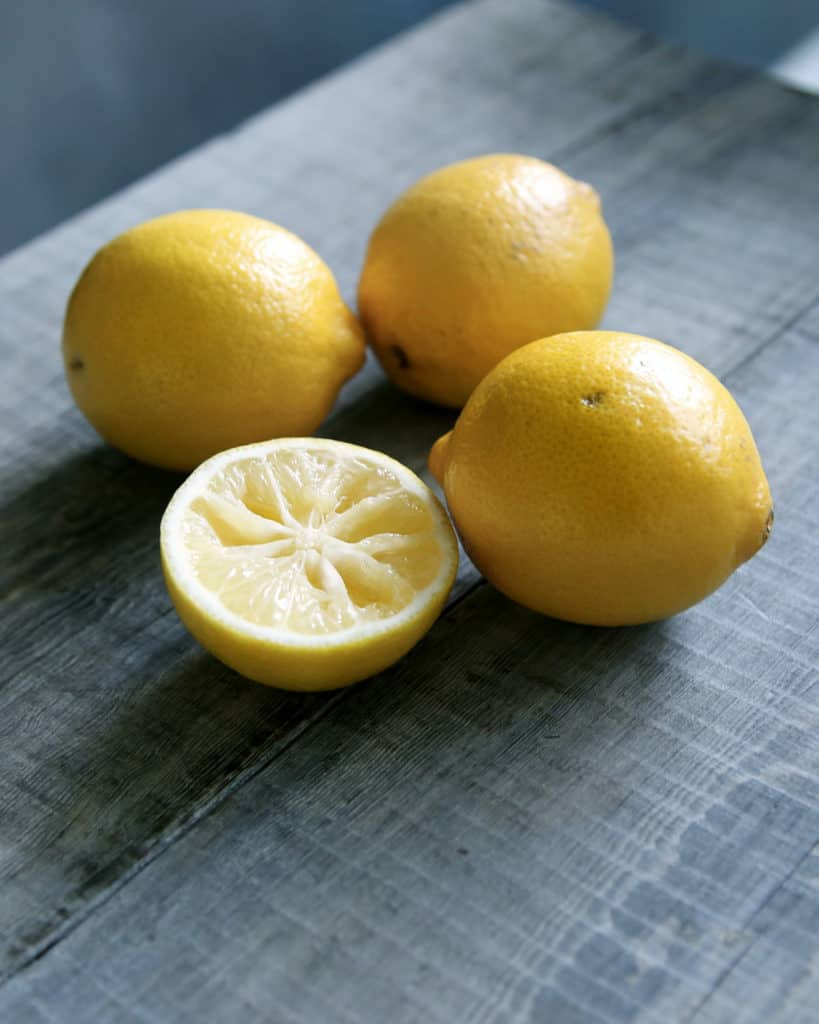
Lemon and salt rub
Spritz up smelly cutting boards with half a lemon and some coarse sea salt. At Real Simple, they suggest sprinkling salt, preferably coarse salt, over the surface of the board. Using half a lemon, rub the fleshy part of the fruit over the salt. Let the lemon and salt rub work its magic for 5 minutes. Then rinse well and wipe with a clean cloth or sponge and let it dry.
How to remove stains from wooden cutting boards
To remove stubborn, unsightly stains on your wooden cutting board, use a mild abrasive such as baking soda.
Baking soda paste
Baking soda is great at removing dirt and grease. In a small bowl, mix baking soda with a bit of water until it forms a paste. Apply the paste with a clean sponge or brush. Work in small circles to scrub out stains. Follow with a hot water rinse and let it dry.
You can also just sprinkle baking soda directly onto the cutting board surface and use a slightly damp sponge or brush to scrub clean.
How to disinfect wooden cutting boards
Every once in a while, your wooden cutting board could use a deep clean to properly disinfect it. We’ll go over how to do this with natural ingredients and also bleach.
We know that not everyone is a fan of using bleach on anything that comes in contact with food. It’s important to note that only a diluted solution of bleach is used, and must be thoroughly rinsed afterwards. Many commercial kitchens use bleach to regularly disinfect surfaces.
Vinegar spray and hydrogen peroxide spray
If you want to avoid using bleach, this natural solution works great. Vinegar’s acidic properties make it a great natural cleaning agent. Hydrogen peroxide is an effective germ-killer. When the two ingredients are used consecutively (not combined!), it’s a great double-whammy.
Do not combine vinegar and hydrogen peroxide together in a single bottle as the two ingredients create peracetic acid, an irritant for skin, eyes, and respiratory system.
You’ll need a spray bottle filled with undiluted white distilled vinegar, and a separate spray bottle filled with 3-percent hydrogen peroxide. Spray vinegar onto the surface of your clean wooden cutting board. Let it sit for 5 minutes and wipe clean. Follow this with the hydrogen peroxide spray. Let it sit for 5 minutes and wipe clean. Rinse thoroughly with hot water and let air-dry or wipe dry with a clean towel.
Bleach
When it comes to a powerful disinfectant, you can’t beat bleach. Just be sure to rinse your cutting board thoroughly afterwards.
The USDA recommends that both plastic and wooden cutting boards can safely be sanitized, “with a solution of 1 tablespoon of unscented, liquid chlorine bleach per gallon of water. Flood the surface with the bleach solution and allow it to stand for several minutes. Rinse with clear water and air dry or pat dry with clean paper towels.”
Food safety tips to avoid cross-contamination
One of the biggest concerns with cutting raw meat, poultry or seafood on wooden cutting boards is cross-contamination.
- Designate a cutting board for raw meat: You can never have too many cutting boards in the kitchen. The best way to avoid cross-contamination between raw meats and other foods is to use a designated board for raw meat only. Other foods such as vegetables, fruits, breads, and cheeses can use another cutting board.
- Rinse immediately after use: Since wood is porous, it’s best to rinse your cutting board right after you’ve used it for raw meat, poultry, or seafood. While bacteria from juices that absorb into the wooden cutting board eventually die, these can create odors over time.
- Discard or repair when well-worn: Ditch your old cutting boards! While you can sand and refinish some high-quality wooden cutting boards, others should be discarded. If your wooden cutting board (or any type of cutting board for that matter) is worn out with plenty of cracks and grooves, it’s time to replace or repair it. Bacteria in these small cracks make it unsafe to use when in contact with food.

Author: Theresa Tesolin
Theresa is co-founder of RusticWise. She helps people unleash their inner DIY spirit by encouraging them to get dirty and make or grow something from scratch.

